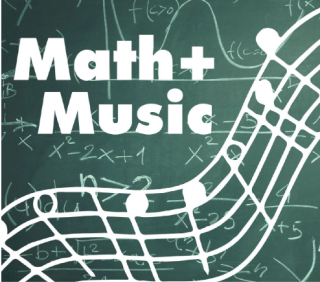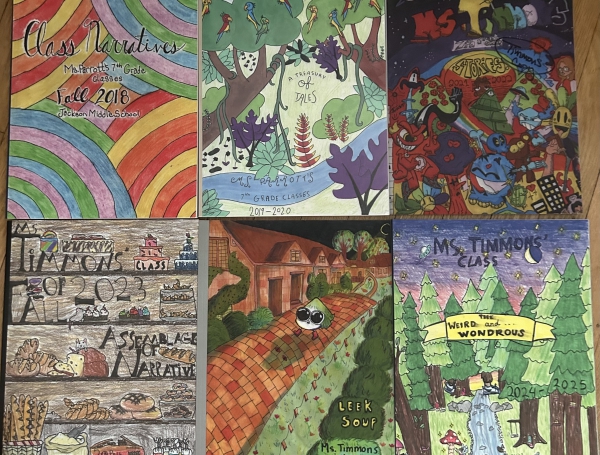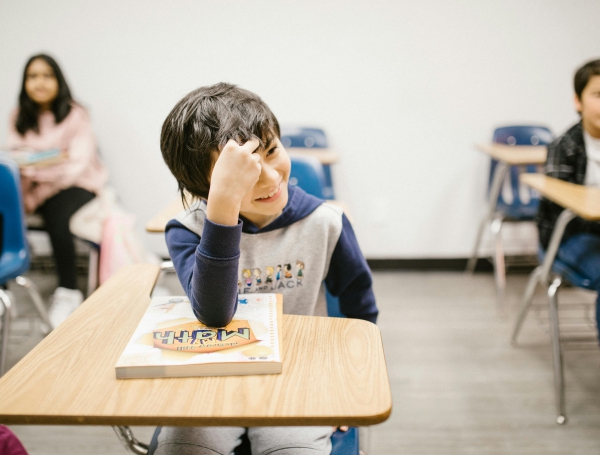

Music, Math, & The Mind
January 24, 2023
When you think of math lessons, you probably don't usually think of "The Battle of the Math Bands," Fraction Egg Hunts, Math Jenga, Paper Airplane Contests, Musical Note Fraction Pizza, Pirate Area/Perimeter Conquer Islands games, and more. However, creating deep, authentic mathematics contexts opens up a whole new world for our students. Our students begin to see that math is everywhere they go, and there is something new to learn! When we create engaging math lessons, that's when creativity begins! When we are teaching from our curriculum, sometimes we as educators can get stuck in the same ruts and need to remember to liven up each math lesson.
When I first began teaching, I started as a substitute teacher for a larger school district for two years. I learned a lot in those first two years. After that, I got a position teaching Music K-8 at a rural school. I didn't have a degree in music, but I had lots of music experience. I enjoyed developing a passion for music in my students and went on to see some of them take part in a choir at the high school level. I taught Music K-8 for four years and then got the position that I'm at now. I currently teach 3rd Grade and have been for the last five years. As we evolve and grow as educators, we use our teaching experiences for the better. So when I was trying to figure out a way to help my third graders remember all the properties of multiplication, I decided to break out into song and dance! No, I'm not joking! I knew I had to find a creative way to help my students remember and understand commutative, identity, associative, and distributive properties. After all, music helps memory retention and reactivates the brain in many different areas. Music creates a total brain workout. One of the songs that I wrote was to the tune "Happy" by Pharell Williams. Of course, who wouldn't be happy singing this lively song?
"It might seem crazy what I'm bout to say, do do do do doo, when you switch the same two factors around the product stays the same, do do do doo, cause I'm happy when I use commutative commutative property, yes I'm happy when I use commutative commutative property…YEAH!" *This also works for the commutative property of addition-when you switch the same two addends around the sum stays the same.
Of course, I added in the claps and had students suggest some fun dance choreography to go with it. From then on, I tried to come up with some short songs to teach each property or important skill/standard. When students were trying to identify different properties on an assessment or chapter review tests I would look over and see some students silently singing the songs to themselves. Some of my former students still come back and sing the songs to me. Students will only get as excited as we are. Kids are smart! If you dance around and sing silly math songs, then most of them are going to soak it up.
Now I know some of you are thinking, but I'm not musically talented. I can't do that. Mindset is a very powerful tool! There are so many songs out there that are already made that you can implement into your classroom. Or why not use your artistic abilities within math, or do a science experience discussing math being used? No matter what you choose to do, add a creative twist. Students get more excited about a skill they can apply to their real lives. It will click with them and stay with them. For my spring benchmark, I had one student who was in Tier 3 and twenty students in Tier 1. At the beginning of the school year, I had students in each of the three tiers. I think what was successful for them was adding more hands-on, engaging math lessons, using manipulatives, moving around, cooperating, playing math games, and using music to retain concepts taught.
On a climate survey, my class took, the majority of my students shared that their favorite subject was math! To me, that is a success! If I can get my students excited about math and gain self-confidence being mathematicians using authentic learning, then I've done my job. Math, Music, and the Mind are interconnected; we just have to provide more authentic learning opportunities for our students.
This guest article was written by Jenna Morgan while taking the online continuing education course Hands-On Math: Real World Applications by THI instructor Suzanne Warner.




